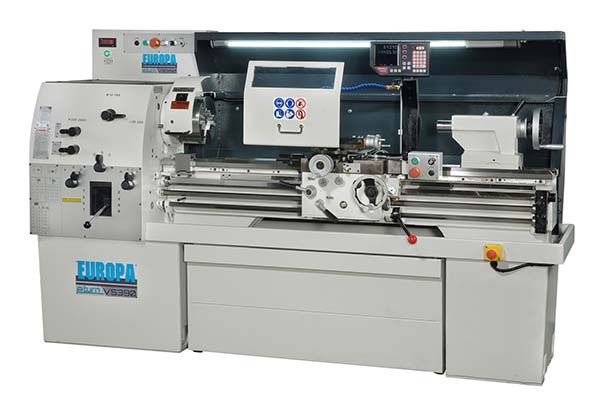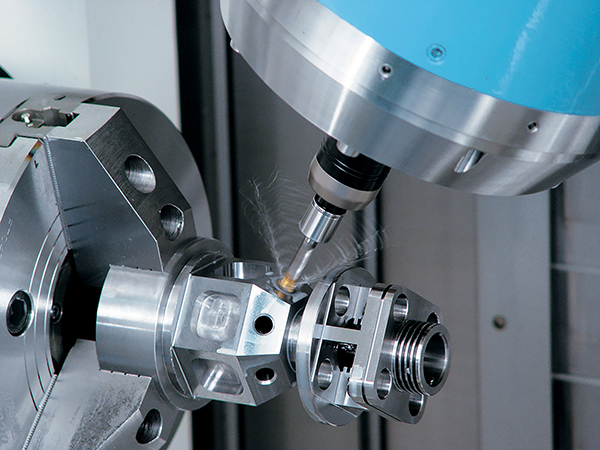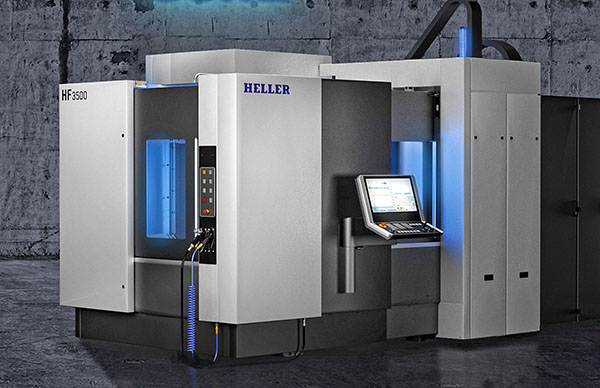
A total of 16 machine tools, two SYNERGi automated manufacturing cells, three cobots undertaking a range of operations and new software solutions from the Training Academy are all on display by Mills CNC (Hall 19, Stand 100), which says it has taken the largest stand at the show.
Machine on the stand include seven recently introduced models: two turning centres – the compact 10” chuck Lynx 2600SY with Y-axis and sub-spindle, and the TT 1300SYYB twin-spindle/twin-turret machine with Y-axis capabilities on upper and lower turrets; two mill-turn machines – the 8” chuck SMX 2100ST with 1040 mm maximum turning length, and the large-capacity 21” chuck SMX 5100LB with maximum turning length of 3050 mm; and three machining centres – the SVM 4100 VMC for aluminium alloys and lightweight steels, the BVM 5700 premium machining centre, and the T-4000HS high-speed machining centre.
For further information
www.millscnc.co.uk























